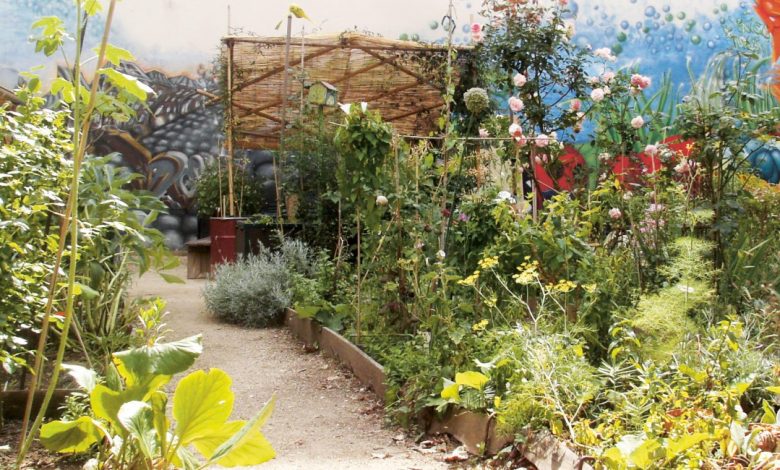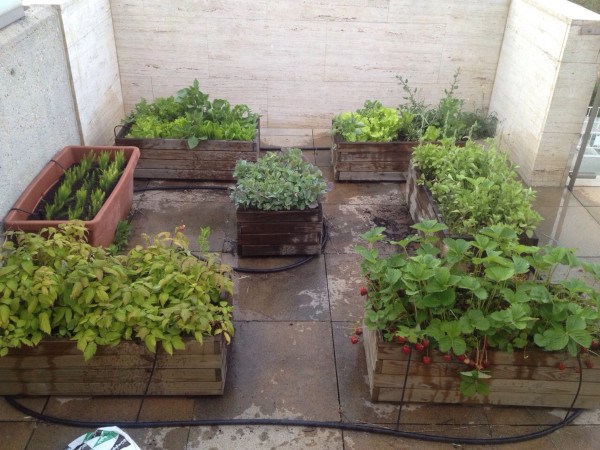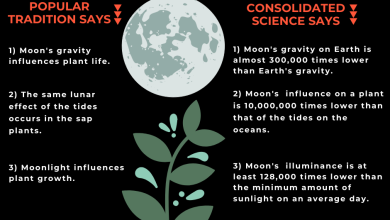Urban gardens: gardens for rent and shared gardens

In this post on urban agriculture we will discover what urban gardens are today, how they have emerged and two options for growing in the city: rented gardens and shared gardens.

Evolution and current status of urban and peri-urban gardens
Agriculture has always been present in cities: already when the first settlements were established, agriculture and livestock were an essential part of people’s lives. But urban gardens have not stopped evolving, their usefulness and purposes are not the same, nor are the mentalities of the people who cultivate them…
With the industrialization process of the 19th century, the industrial areas began to gain ground on the peri-urban agricultural and livestock areas, distancing the spaces dedicated to production and those dedicated to food consumption more and more.
The bulk of agricultural production was therefore outside urban areas, but, in search of social stability, community gardens arose in some cities of England that were lent to peasants and workers so that they could cultivate them for their own consumption. These become a way to alleviate poverty and food shortages in working-class neighborhoods and those of lower social class, they were the «Orchards for the poor «.
In the first half of the 20th century, the two World Wars made orchards and farms in cities a necessity. The objective was the self -sufficiency of its inhabitants since imports were not guaranteed and shipments of food and weapons for the army were a priority.

In Spain, the » family gardens» of the 1950s (promoted by the National Institute of Colonization -INC-) continued to be dedicated to subsistence crops with the aim of supporting families in the harsh post-war period.
In the second half of the 20th century, many urban gardens ceased to be strictly necessary and disappeared, once again distancing agricultural production from urban life. Some continued to be cultivated but also acquired other functions -such as the contact of urbanites with nature, aesthetics, social integration, etc.- and other locations – it is no longer only cultivated in outdoor plots and gardens, we can have a small orchard in our own house (patios, roof terraces, balconies, terraces…).

Gardening in containers on a patio or terrace Unfortunately, the current world economic crisis has favored the emergence of gardens for family subsistence (since they represent significant savings or even supplement family income if the products are marketed). In any case, most urban gardens in developed countries have objectives such as:
- Improve your diet by consuming organic products (healthier, tastier and more natural) without compromising your pocket, since the organic foods offered on the market tend to have quite high prices.
- Carry out a different, creative leisure activity with visible and… edible results!
- Environmental education.
- Recovery of degraded or disused urban spaces.
- Improvement of sustainability thanks to an activity that preserves natural resources and protects the environment: Ecological Urban Agriculture.
- Improve social relations and integration.
- Get back in touch with nature and do outdoor activities. – Combat stress, anxiety or depression: garden therapy is a technique used for the physical and mental rehabilitation of the disabled, the elderly, people at risk of social exclusion, etc.
URBAN ORCHARDS FOR RENT
Just by searching these four words in Google («urban gardens for rent «) there are hundreds of results that direct us to pages of associations, companies or public entities that are dedicated to renting gardens in all corners of Spain.
Here are some of the orchards for rent that I have found:
Vegetable gardens for rent in Madrid
The public leisure and environmental education complex Naturalcalá has orchards from 25 to 100 m 2 that can be rented from €39/month (there are special prices -€1/m 2 – for associations). The rental price also includes irrigation water, the necessary tools and implements and an introductory course in Organic Horticulture, as well as continuous and personalized advice. In addition, they also offer other services such as: sale of irrigation material, seeds, seedlings, substrates or machinery rental.
The Rus in Urbe orchard complex, La Huerta de Montecarmelo, in the heart of Madrid, has 20 m 2 orchards and… much more! I recommend that you take a look at the article « La Huerta de Montecarmelo. An oasis of organic gardens in Madrid.
Vegetable gardens for rent in Barcelona
At Huertosdeocio.com we can rent gardens of 25, 50 or 100 m2 for a price that ranges between €25 and €60/month (plus a registration fee at the beginning). The price includes tools, irrigation water and personal advice. They also offer the possibility of contracting the installation and maintenance of drip irrigation on your plot from €5/month.
A few months ago, the Barcelona City Council ceded 12 plots of land for the management of neighborhood and agro-ecological associations in order to create community gardens in the city.
Vegetable gardens for rent in Zaragoza
In Huertolandia.com, orchards of 30 m 2 and 50 m 2 are rented for €15 and €20/month, respectively. The price includes: irrigation outlets and necessary water, fertilizer, some tools and phytosanitary products, advice and free courses and… the best! You have no commitment to stay.
The “La Alfranca” Agriculture and Irrigation Interpretation Centre, dependent on the Government of Aragon, offers 50 orchards of 30 m 2 for the modest price of €15/month (subsidies are also offered for the most disadvantaged groups).
SHARED GARDENS
The non-profit association Reforesta has launched the “Shared Gardens” initiative, a social network that puts landowners in contact with people who want to cultivate them. The former provide the land, the latter the work, and both reach an agreement on the percentage of harvested products that each one takes. It currently has more than 200 registered owners throughout Spain and about 650 gardeners who work these lands.


![Photo of Rockery: [Cultivation, Irrigation, Associations, Pests and Diseases]](https://www.complete-gardening.com/wp-content/uploads/2022/08/rockery-cultivation-irrigation-associations-pests-and-diseases-390x220.jpg)
![Photo of Cold Climate: [Characteristics, Flora, Fauna and Adaptability]](https://www.complete-gardening.com/wp-content/uploads/2022/08/cold-climate-characteristics-flora-fauna-and-adaptability-390x220.png)
